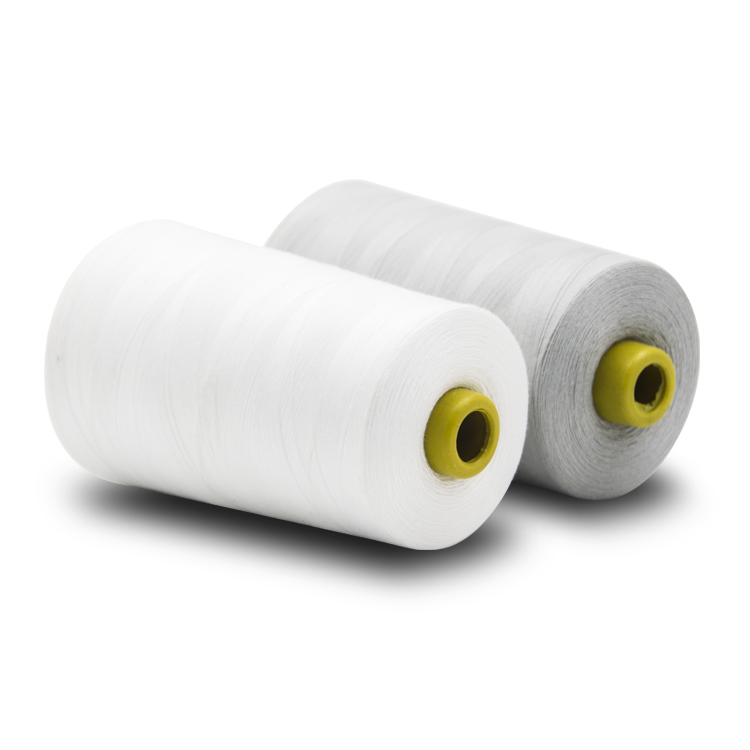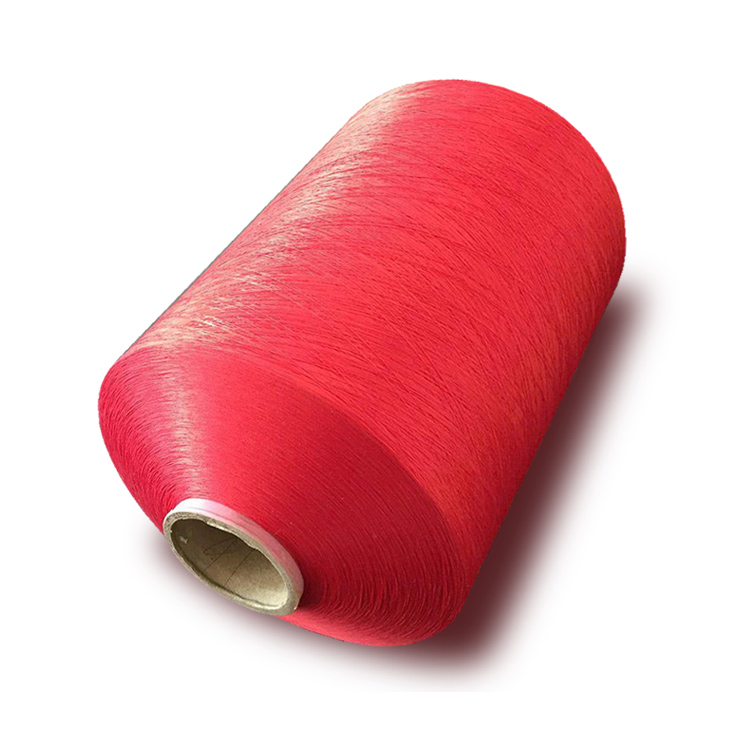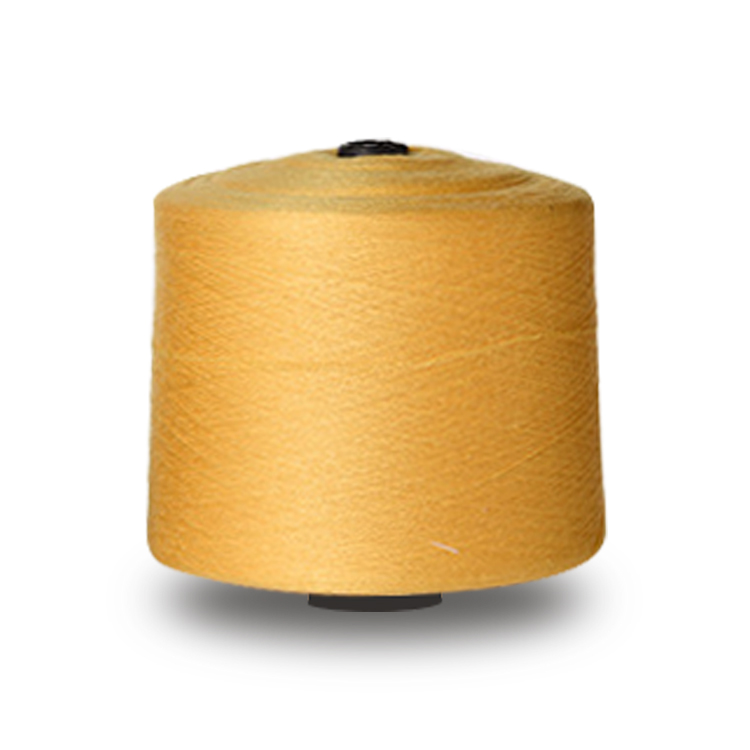
Main causes of yellowing of sewing thread(1/2)
The so-called yellowing of sewing thread refers to the yellowing of sewing thread itself and caused by oxidation and destruction in the process of production, storage, circulation or use. Once the sewing thread yellows, it not only affects the appearance, but also reduces its service life greatly. There are many factors leading to the yellowing of sewing thread, among which phenol yellowing is one of the main factors.
At present, the common method of phenol yellowing detection is Caurtaulds method, which is mainly used to verify whether the storage yellowing of cloth sheets or ready-made clothes is phenol yellowing. On the basis of introducing the causes of phenolic yellowing of sewing thread, and referring to Edida method for testing phenolic yellowing of fabric, this paper discusses the detection method of phenolic yellowing of sewing thread.

1. Fiber itself
When nylon, polyester, cotton, viscose or silk fibers are stored for a certain period of time, they will produce yellowing. Therefore, the sewing thread made from these fibers will produce yellowing. Especially for products containing polyurethane fibers which have been finalized by high temperature, it is easier to produce yellowing.
1.2 Water for dyeing
Hard water contains a lot of calcium, magnesium and iron ions, and the mineral content varies with the removal degree. Many direct dyes can form complex with heavy metal ions in hard water, which leads to the decrease of solubility and the change of dyeing color. Copper ions can cause stains and dark colors. Even a small amount of copper or iron ions can inhibit fluorescence, resulting in a decrease in whiteness of fluorescent whitening fibers and yellowing.

1.3 Fluorescent Whitener
White sewing thread is usually whitened by fluorescent whitening agent. Under the action of ultraviolet radiation, the molecule of whitening agent will be gradually destroyed. Different brighteners have different shades and fastness to sunlight. Therefore, the whitening effect gradually decreases with the increase of exposure time, resulting in yellowing of textiles. Generally speaking, polyester whitening agent has better sunshine fastness, nylon and acrylic fibers are medium, wool and silk are lower. The light fastness and fluorescence effect depend on the molecular structure of fluorescent whitening agent, the properties and positions of substituents. For example, the introduction of N, O and hydroxyl, amino, alkyl or alkoxy groups in heterocyclic compounds can improve the fluorescence effect, while the introduction of nitro and azo groups can reduce the fluorescence effect, but can improve the fastness to sunlight.





